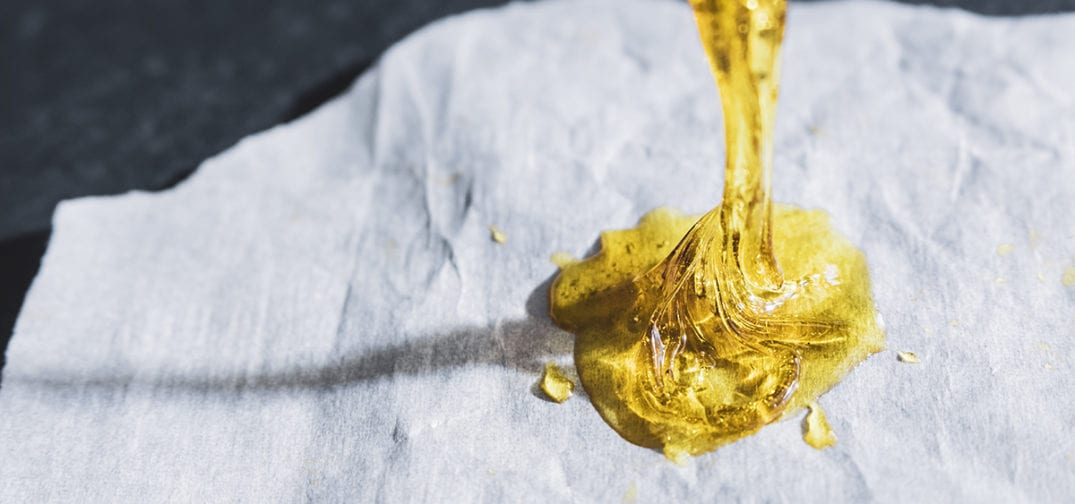There are many kinds of cannabis concentrates. They come in various colors and consistencies and go by many names. What ties them together, however, is that every concentrate was crafted with the goal of perfectly separating trichomes from the dried botanical matter of the cannabis plant.
Trichomes are a small mushroom-shaped outgrowth on a plant which contains the highest concentration of THC, CBD, and other valuable compounds. When a solvent, pressure, or temperature of dry or fresh cannabis flowers is altered the essential oils of the plant separate from the dry leaves and flowers.
For beginners who are interested in cannabis concentrates, it’s important to learn about a few of the methods and uses for them before buying. Sometimes, the names of concentrate products are differentiated by the method used for making them, but other times it’s a reference to the consistency of the concentrate.
Kief & Dry Sift
Kief is made when trichomes are removed from dried weed using pressure and grinding. The first method is to use a grinder with a kief catcher to grind flower or cannabis nugs before smoking or vaping them. The grinder method is typically for personal use — for a large scale cannabis farm, a pollen box can help speed up the kief workflow. The last way to make kief is with dry ice, a product that freezes the trichomes off of the plant.
Dry sift is a process that also separates trichome heads from the plant, but this is a more methodical approach. This type of hashish is made with a series of different sized screens and hand sifting that gently slice the trichomes off into the bucket below.
Once kief and dry sift are made they can be put on top of bowls or sprinkled into joints for extra potency. These cannabis concentrates can also be decarboxylated and added to culinary delights.
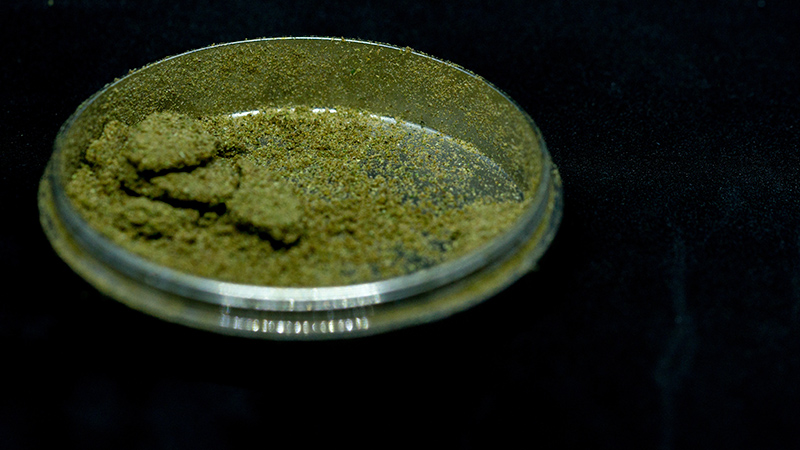
Bubble Hash
Submitting cannabis flowers to water and agitation will create bubble hash, an artisanal concentrate. Like making kief, bubble hash can be made safely at home. To craft bubble hash, cannabis flowers must be submerged in water and then agitated. This can be done with a bucket and a spatula, a hand mixer commonly used to mix cake batter or a miniature washing machine made for camping or tiny living.
Bubble hash is made by placing the cannabis into buckets of ice-cold water and agitating it to knock the trichomes off of the flower. Then the water is separated from the now wet cannabis into variously sized micron bubble bags meant to slowly separate the hash from the water. At the end of the laborious process, there will be some bubble hash to scrape out of the final bag. Once finished, bubble hash can be used just like kief but is often more potent.
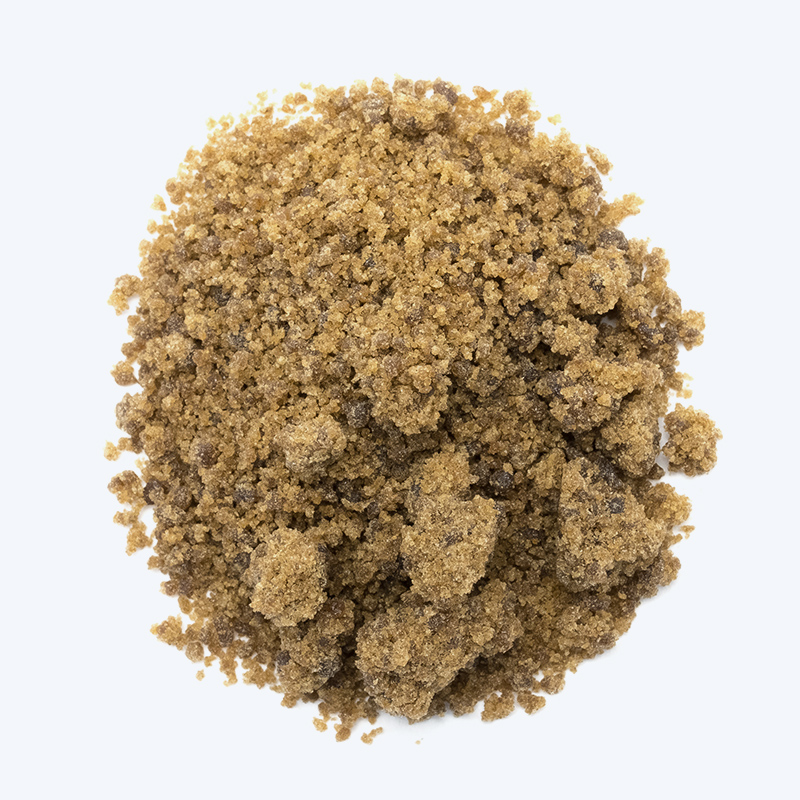
Hydrocarbon Extract
This type of extract uses hydrocarbons as a solvent and requires expensive, safety-tested machinery. The process of extracting oil with hydrocarbons is dangerous outside of an industrial laboratory since the gasses are highly combustible. While butane, propane, and ethanol are the most prominent hydrocarbons, many extractors use a proprietary blend of various solvents.
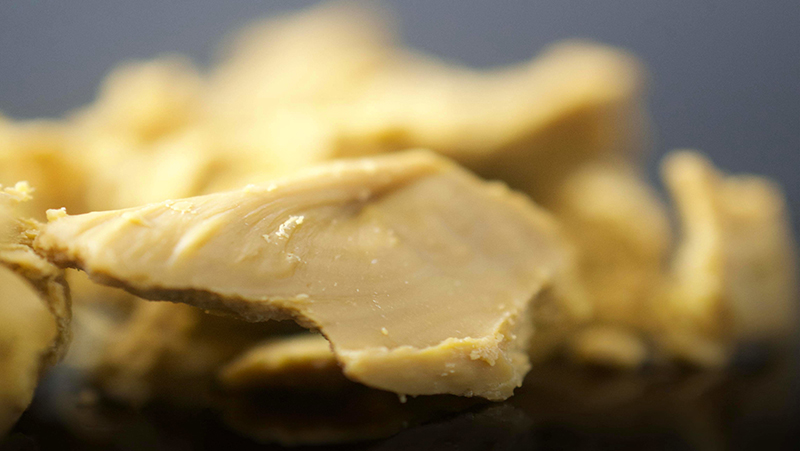
To explain the process in the simplest terms, these extracts are made by putting dry cannabis into a column and then adding the hydrocarbons before heat and/or pressure is applied. The process of closed-loop extraction, a hydrocarbon method in which butane is purged out within the collection pot, will manipulate the temperatures in order to separate the desirable cannabis oils from the solvents. This process can make products of many names — from shatter to budder, crumble to oil. Distillates can also be crafted with hydrocarbon extraction.
This is also the method for live resin extractions, but this high-end wax is differentiated by the start materials used. With shatters and crumbles, the cannabis its made from is already dried and cured, whereas live resin uses weed that is freshly plucked from the plant and sometimes flash-frozen before use.
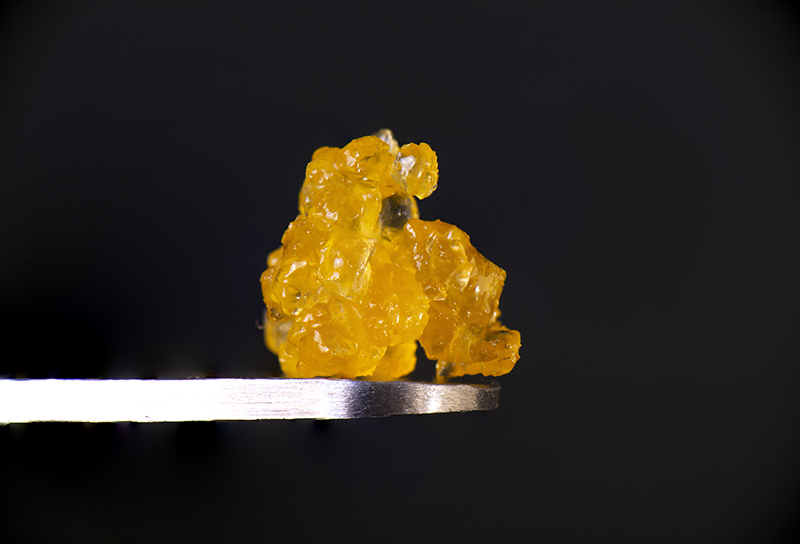
Co2 Extract
Similar to the hydrocarbon process, CO2 extraction uses a solvent along with a blend of temperature and pressure to extract the compounds from the plant matter. It is often referred to as supercritical extraction because the solvent, CO2, is taken to a supercritical temperature and pressure to bring it to its fluid state. Once in this state, it is passed through the cannabis flower where it dissolves the trichome membrane and captures the oil.
The benefits of CO2 extraction as compared to other methods are widely debated in the extract community, but some prefer this solvent because of the ability to finely tune which cannabinoids or terpenes to isolate based on the temperature and pressure. Isolates and distillates can both be made with this process. There are some dab products made using this method, but it’s most widely used for edible oils and vape cartridges.
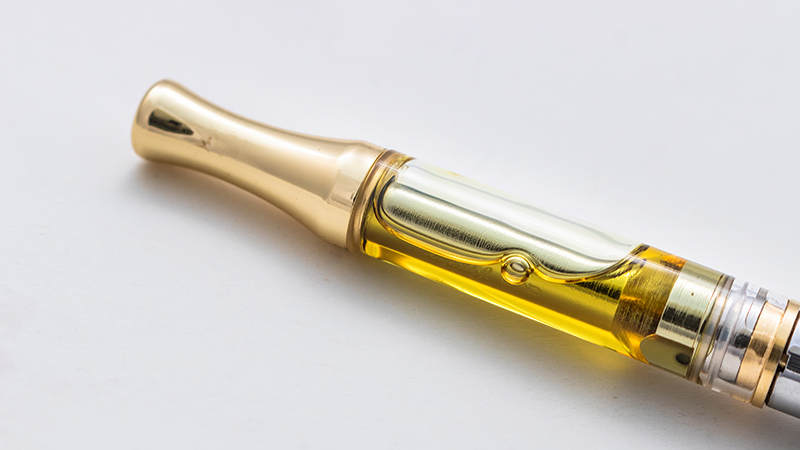
Rosin
Making rosin is becoming a more popular method because the process doesn’t require a solvent, it’s made using a combination of heat and pressure. When rosin methods were still being developed, people made it at home one nugget of weed at a time with a hair straightener. Now there are industrial rosin presses that use the same basic idea, take two heated plates lined with parchment, and squish cannabis flowers until they release beautiful golden rosin. Once extracted it is generally used in a dab rig but can be smeared on papers for rolling infused joints as well.
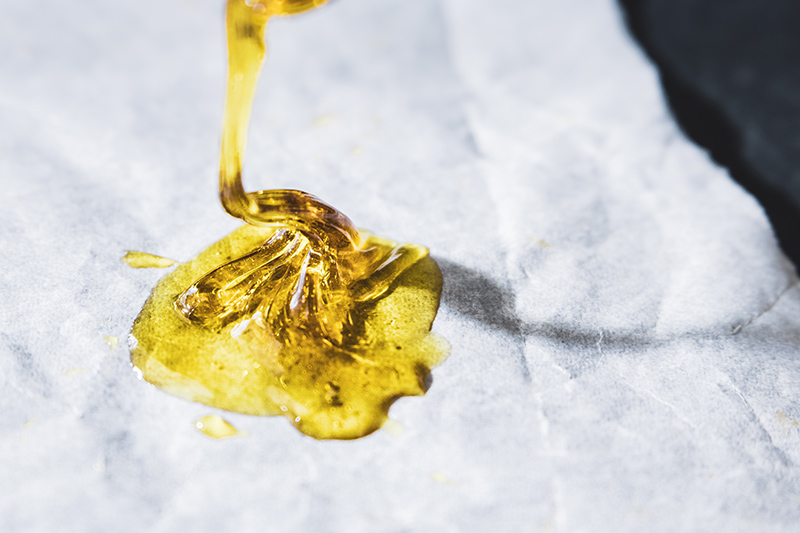
Diamonds
This type of extract is rare and expensive, just like the stone it was named after. Diamonds are crafted using extraction methods that use pressure to make live resin with out the application of heat. Live resin is a product made using cannabis flowers that haven’t been dried or cured prior to extraction which keeps secondary compounds intact. To get diamonds in the extraction process the producer continues to apply pressure and then let them sit for up to 12 days until THCA diamonds form.
THCA Diamonds are generally made up of 99% pure THC and 1% terpenes and secondary compounds which is vastly different from the average cannabis flower which tests around 12-20% THC. Because the THC is in its acid form, it must be decarboxylated (heated) before inhaled to experience psychoactive effects, and vaporizing is the most popular way to use these cannabis products. Most top their concentrates with a few diamonds before dabbing.
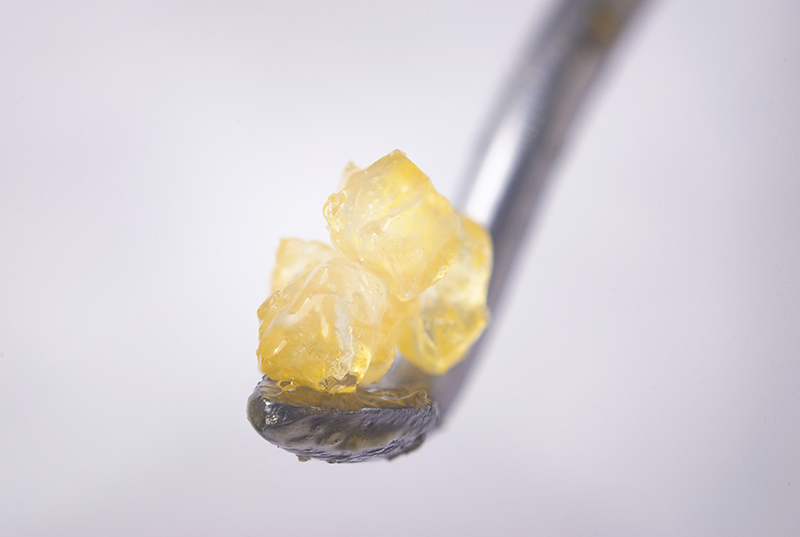
The Lore of 710
At one point bubble hash and kief were the only concentrates available at the dispensary. My first experience seeing wax sold in the Bay Area medical shops was in 2011 and we called the product ‘Jurassic Amber Glass.’ Soon after this beautiful product hit shelves, dabs became the most common way that the cannabis community I belonged to would consume. Within about a year, there were myriad concentrates available and a new consumer sector of ‘dabbers’ began to form. This new culture generated itself a new holiday, 710.
One July 10th in those first years of wax popularity, a fellow budtender told me about 710, claiming the date was chosen because if you flipped the numbers upside-down and backward it would spell ‘OIL.’ But who did it first? According to some in-depth research from The Leaf Online and Highly Educated, entrepreneur Taskrok is absolutely the first stoner to celebrate 7/10. He also released an album with producer Linus Stubbs featuring dabbing-focused tracks like “7:10” and “Boil that Oil.” Taskrok has been clear, however, that he doesn’t care for ownership of the holiday. Instead, he hopes that the community will enjoy a second stoned holiday in the calendar year.
Updated July 10, 2020.
Get daily cannabis industry news and insights. Subscribe
End
